|
|
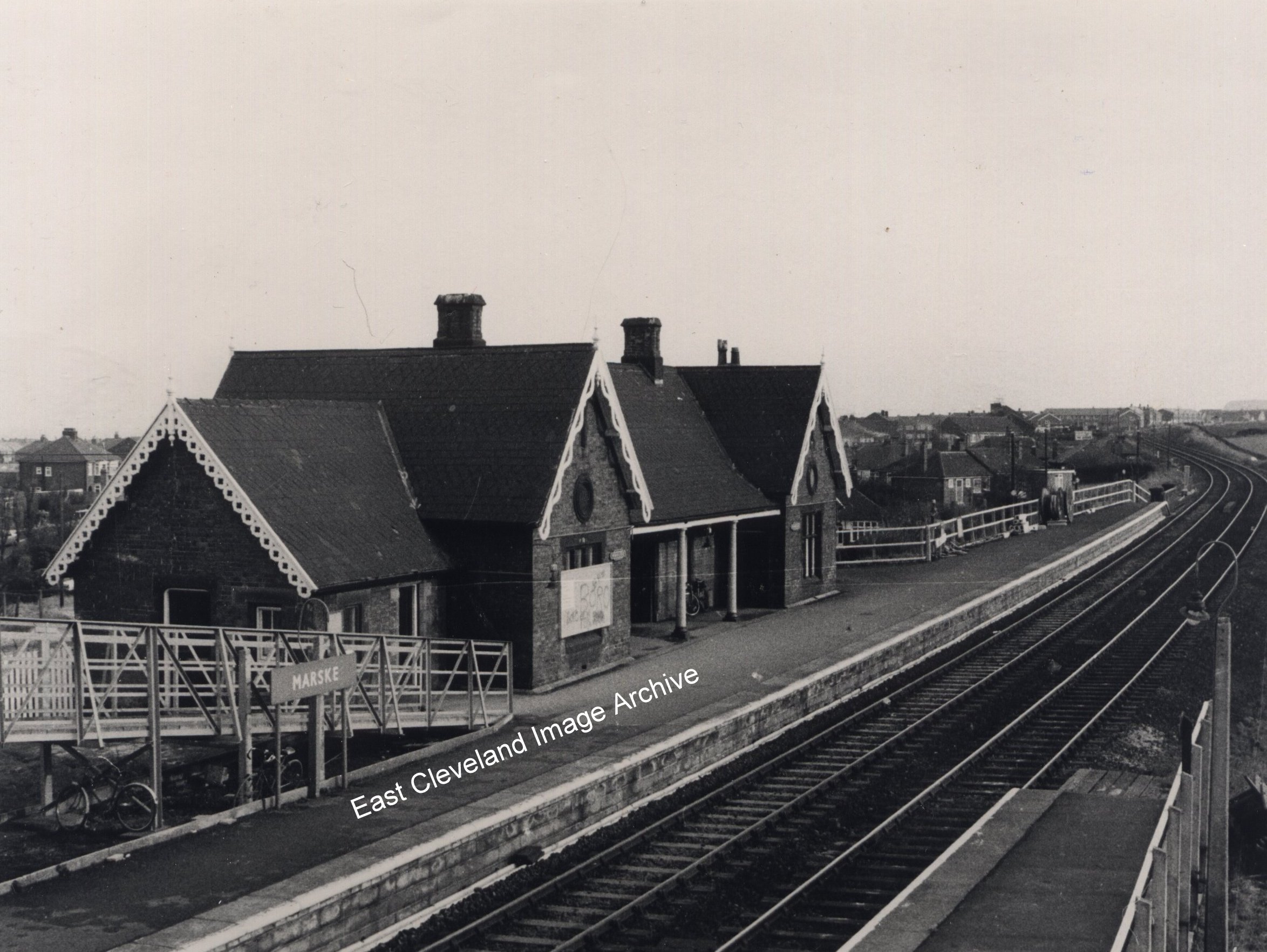
A quiet day at Marske Station. Difficult to date this image, no people and no trains; however Andy Rush believes it could be British Rail period based on the signage. Russ Pigott tells us: ”it is probably after 1970, as there are no semaphore signals visible towards Saltburn. The Longbeck signal box took over the Marske/Saltburn area with colour light signals in 1970. The gas lights also lasted into the 1970s, I clearly remember going to the station with my Grandad and them being present and working. My Grandparents moved to Marske in 1970.” Keith Atherley tells us: ”Must have been 1972 – the year of my ‘O’ Levels – and the year when I was given my first SLR for Christmas. I developed and printed the photographs in the darkroom at school.”
Image courtesy of Keith Atherley, also thanks to Andy Rush, Russ Pigott and Keith Atherley for the updated information.

Whitby West Cliff Station – very quiet – only two carriages on the train. An ex-LMS Fairburn 4MT 2-6-4T, not obviously in steam from this photograph, but crewed up ready for the next leg of the trip. Alan Featonby tells us: ”I think you will find this train is a Whitby Town to Whitby West Cliff shuttle. The train will pull forward to take water prior to the engine running round and going back to Town. The Middlesbrough to Scarborough train or Scarborough to Middlesbrough train; will arrive and depart on the left hand track as it is straight through running. It and the return working did not go into Whitby Town, thus saving time and another reversal. The engine is Whitby allocated 42085. The summer timetable is in effect, likely 1957.”
Thanks to Mark Thompson for the information about the guards van and locomotive; and thanks to Alan Featonby for clarifying the situation.
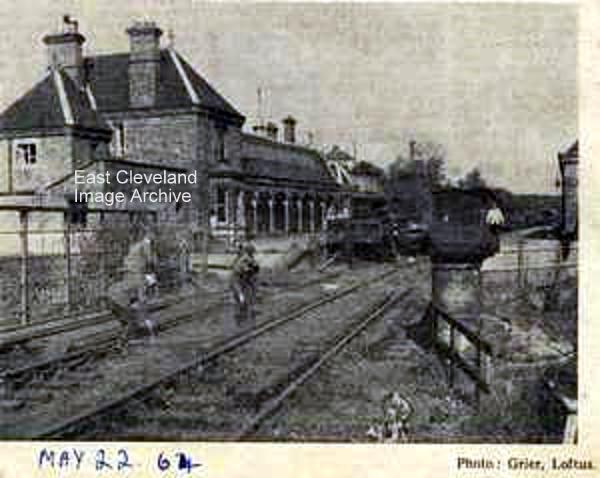
Once again, a rather grainy photograph – but one that was the end of an era – as it shows the workmen dismantling the railway. Doctor Beeching is frequently blamed for closing many railways which he didn’t; he presented a report with recommendations! The Loftus to Whitby Railway closed in May 1958, Loftus Station closed to passengers in 1960; although goods deliveries continued until 1963. The image came from another Northern Echo newspaper cutting.
Many thanks to Simon Chapman for correcting our commentary.
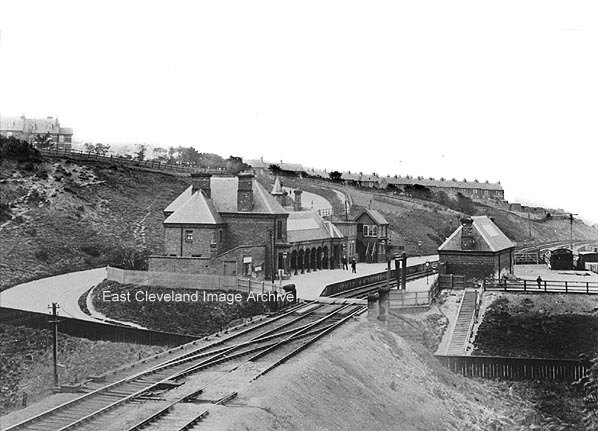
Lovely clear shot of Loftus Station, the bank on the left would have taken us to Liverton Mines, clearly visible on the hill. Lynn Jones enquired of the Archive if it was possible to a train from Redcar to Skinningrove in 1900; the Archive has now explained the peculiarities of the ‘Skinningrove – Carlin How’ stations.
Must have been a very still day when this train pulled into the station as the smoke is going straight up, en-route to Whitby. How I would love to be on that steam train now on the way to Whitby.
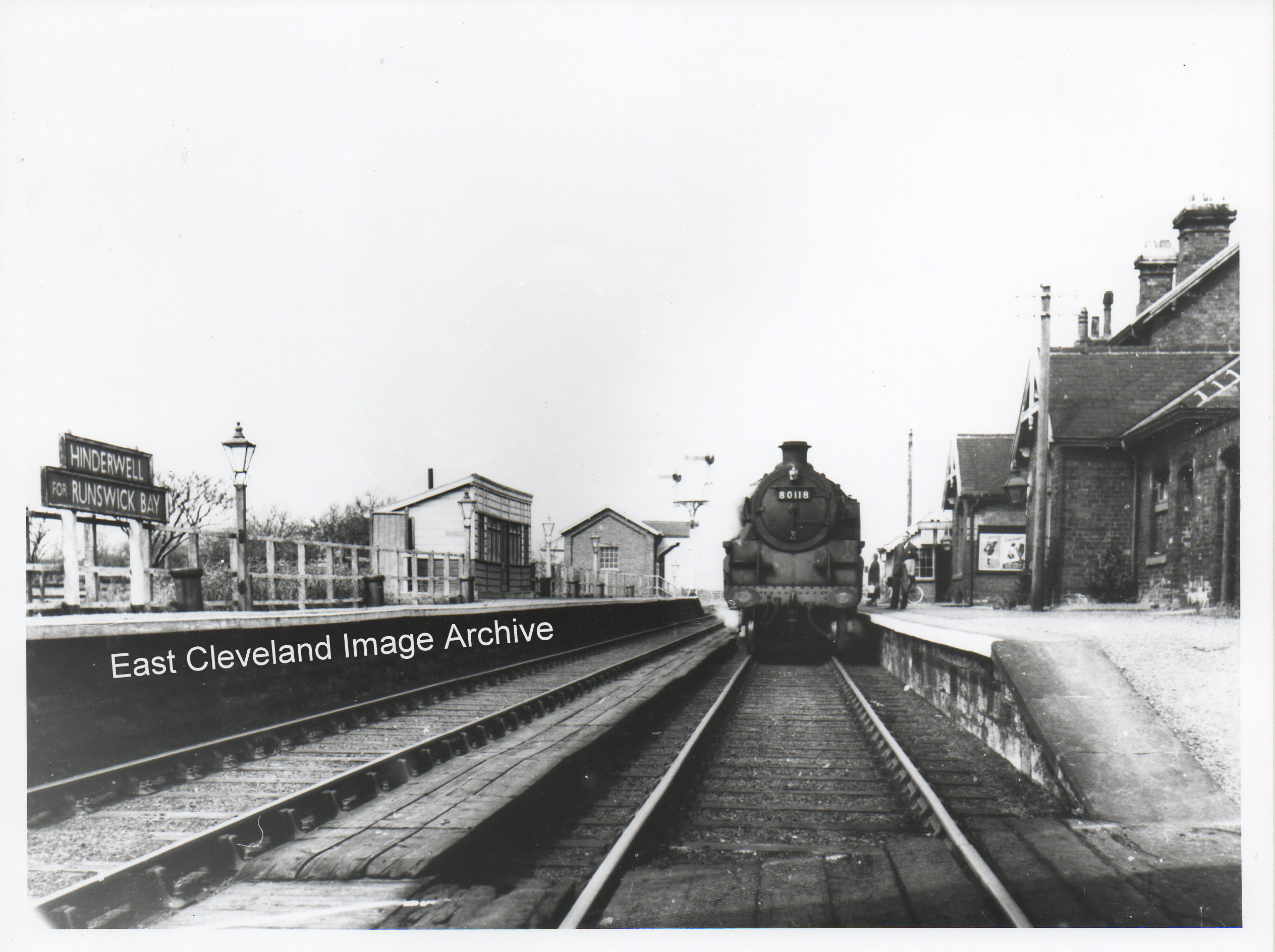
A line-level shot of a local train in Hinderwell Station. The loco is a 2-6-4 BR Standard Tank, number 80118, so this image could well be towards the end of the line’s life, certainly in the ’50s, when this class took over from A-series 4-6-2T. For the railway modellers among you this particular locomotive is available from the Bachmann stable for ’OO’ gauge, in early BR livery – probably exactly this era (sorry for the ‘anorak’ information).
Image courtesy of the Pem Holliday Collection.
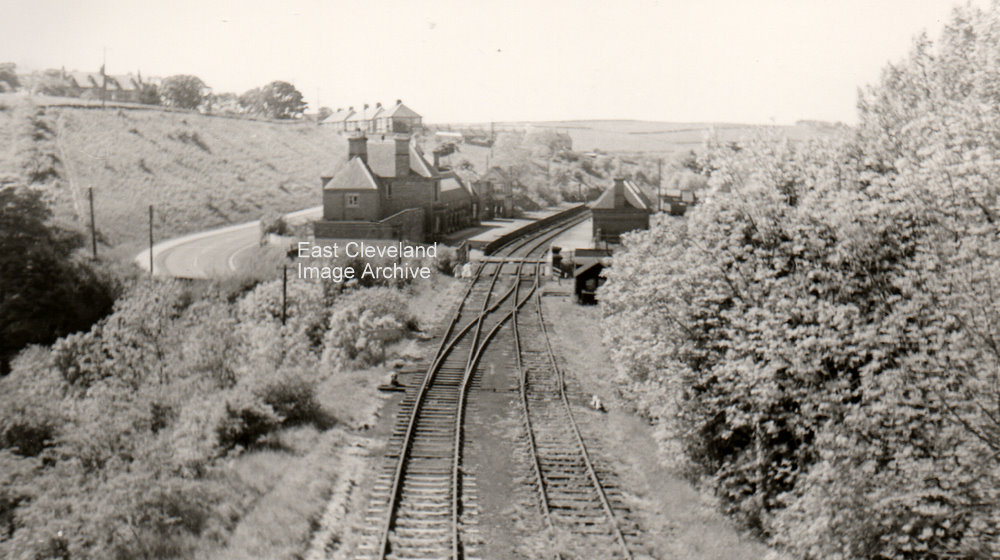
A view of Loftus Station, looking towards Liverton Mines from the Rosecroft Lane bridge, visible in the previous post. Today the station is a private house; with only a single rail track running past the buildings.
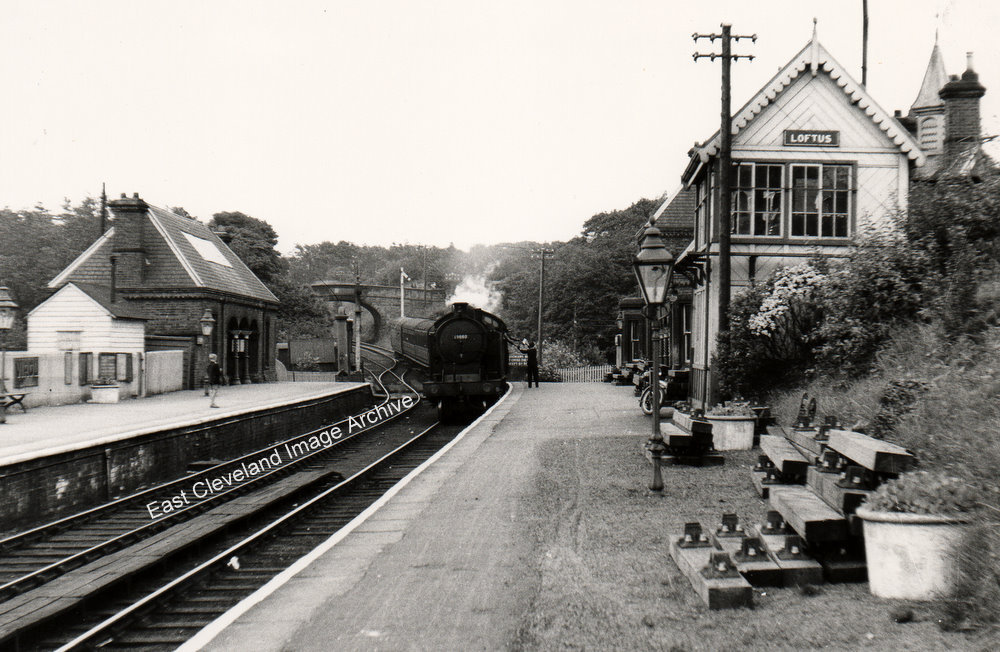
A neat and tidy Loftus Station with a Saltburn-bound train arriving, headed by the ubiquitous tank engine. The Stationmaster is exchanging Tokens with the engine-driver, as Loftus was the end of one control block and the beginning of another in the Token-controlled single track railway system (basically the line was split into sections, each controlled by a token. A train arriving at Loftus would surrender its Token (freeing up the section of track that it was leaving) and would receive a Token allowing it to proceed into the next section of track. If there was still a train in the next section then the Stationmaster couldn’t give the engine driver a Token, so the train would be held at Loftus until the incoming train arrived and surrendered its Token). This system is still in use on the Middlesbrough to Whitby branch, although, sadly there are no more Stationmasters and no more signal box staff (a control section always had a signal box), so there is a box on the control stations with a Victorian Lock Frame (to receive the Token) and another Victorian Lock Frame to dispense the next Token and a computer link to advise the Middlesbrough Control Centre of a ”train in section”. All very sad, but I’ve no doubt all very efficient! Loftus still has trains passing through, but none stop. The line now serves the Cleveland Potash Mine and sadly passengers are no longer a feature of the line after it departs Saltburn. Although special ‘rail tours’ have on occasions used the line.
Page 6 of 6« First«...23456
|
|




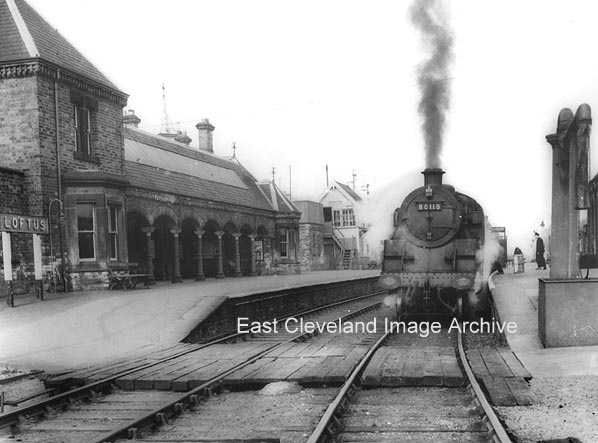



Recent Comments